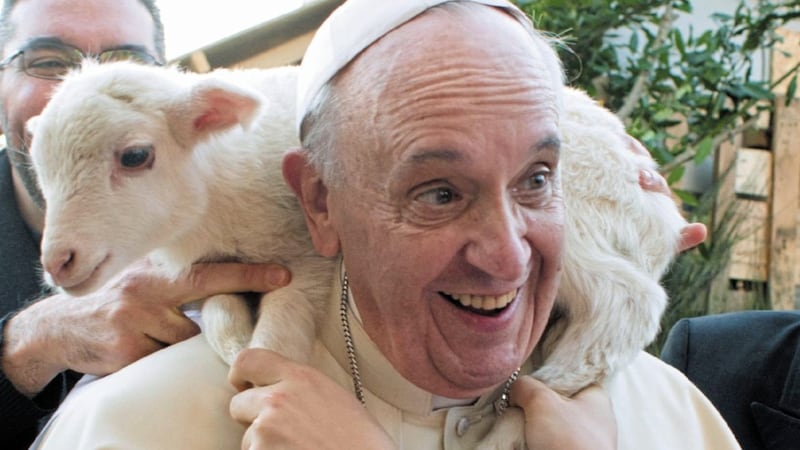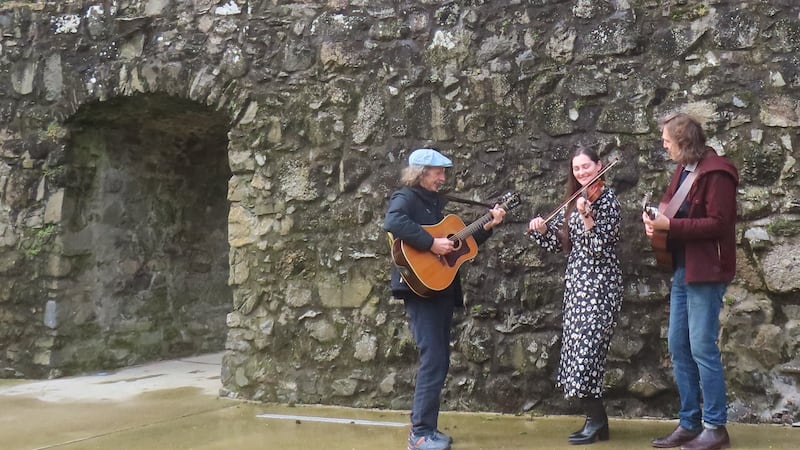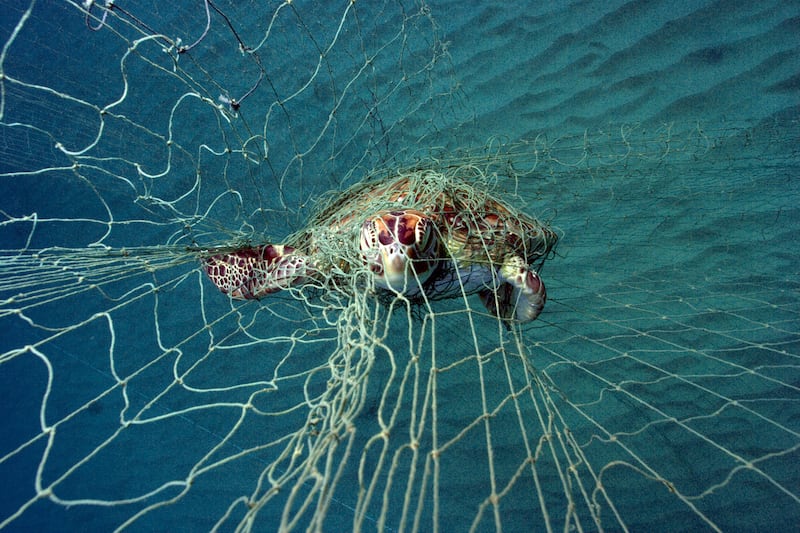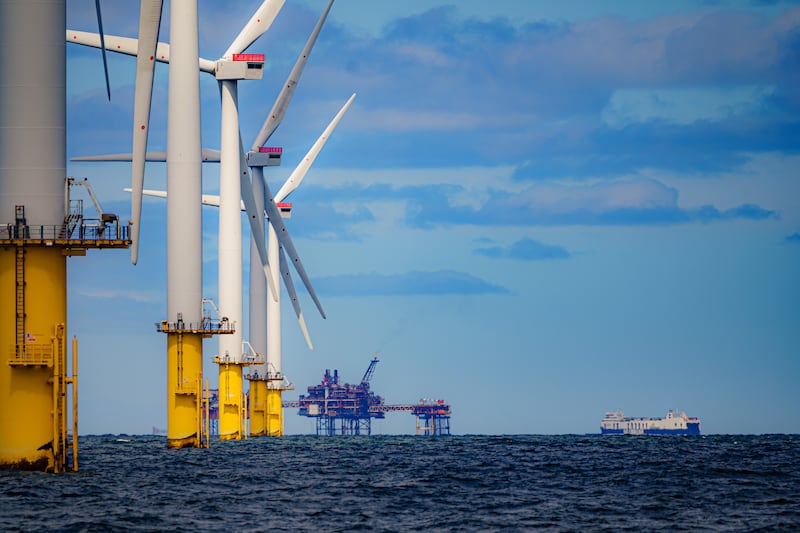ON THE evening of March 13 2013 the famous words ‘Habemus Papem’ – We have a Pope were announced from the central balcony of St Peter’s Basilica in the Vatican, before Cardinal Jorge Mario Bergoglio was revealed as the new pontiff, the first Jesuit pope and the first to take the name Francis.
Breaking with tradition before delivering his papal blessing, the Pope addressed the crowd with the simple Italian greeting of "Buona sera" – good evening – and asked them to pray for him. He also chose to wear a simple white cassock and refused the customary gold pectoral cross, opting instead to continue wearing the plain silver cross which he wore for years as archbishop in Buenos Aires, a gift given by a friend.
The Pope broke with another tradition by refusing to use a platform to elevate himself above the cardinals standing with him as he was introduced to the world. These gestures by Pope Francis were clear indicators of his intention to serve and lead with humility as the new bishop of Rome.
Taking the name Francis from St Francis of Assisi also signalled the Pope’s desire to prioritise during his papacy the importance of caring for our Earth as stewards of it, for future generations and also as living creatures on it.
We are told that living a life of poverty and humility was important in the ministry of Francis, as was his great love for animals and the environment. One famous incident which illustrates the Saint’s connection with nature is recounted in the Fioretti (Little Flowers), a collection of legends and folklore which appeared after his death. It says that one day while Francis was travelling with some companions they came upon a place where birds filled the trees on either side. Francis told his friends to "wait while I go to preach to my sisters the birds". The birds, intrigued by the power of his voice, surrounded him and not one of them flew away.
Another tale tells of a ferocious wolf which was attacking the people and animals from the Umbrian city, Gubbio. Francis went up into the hills to find the wolf and when he did he made the sign of the cross, commanding the wolf to come to him and hurt no-one. The wolf closed his jaws and lay down at the feet of St Francis. He asked his ‘brother wolf’ to make peace with the townspeople and led the wolf into the town where it was agreed that the townsfolk would feed the wolf regularly and in return it would no longer prey upon them or their flocks.
In his 2015 Encyclical Laudato si, medieval Italian for Praise be to You, (and a phrase taken from St Francis of Assisi’s poem Canticle of the Creatures, in which God is praised for the different creatures inhabiting the Earth), Pope Francis asks us to reflect on the damage we have inflicted on our planet through the reckless pursuit of wealth, power, over consumption of the world’s finite resources and irresponsible development.
He laments the loss of biodiversity, environmental degradation, global warming and climate change. He says "The Earth is essentially a shared inheritance, whose fruits are meant to benefit everyone" but that, "The Earth our home is beginning to look more and more like an immense pile of filth." Pope Francis goes on to call "for dialogue on environmental policy in the international, national and local communities".
With the subtitle of On Care for our Common Home, Laudato si challenges us all individually and collectively to help protect our shared home.








